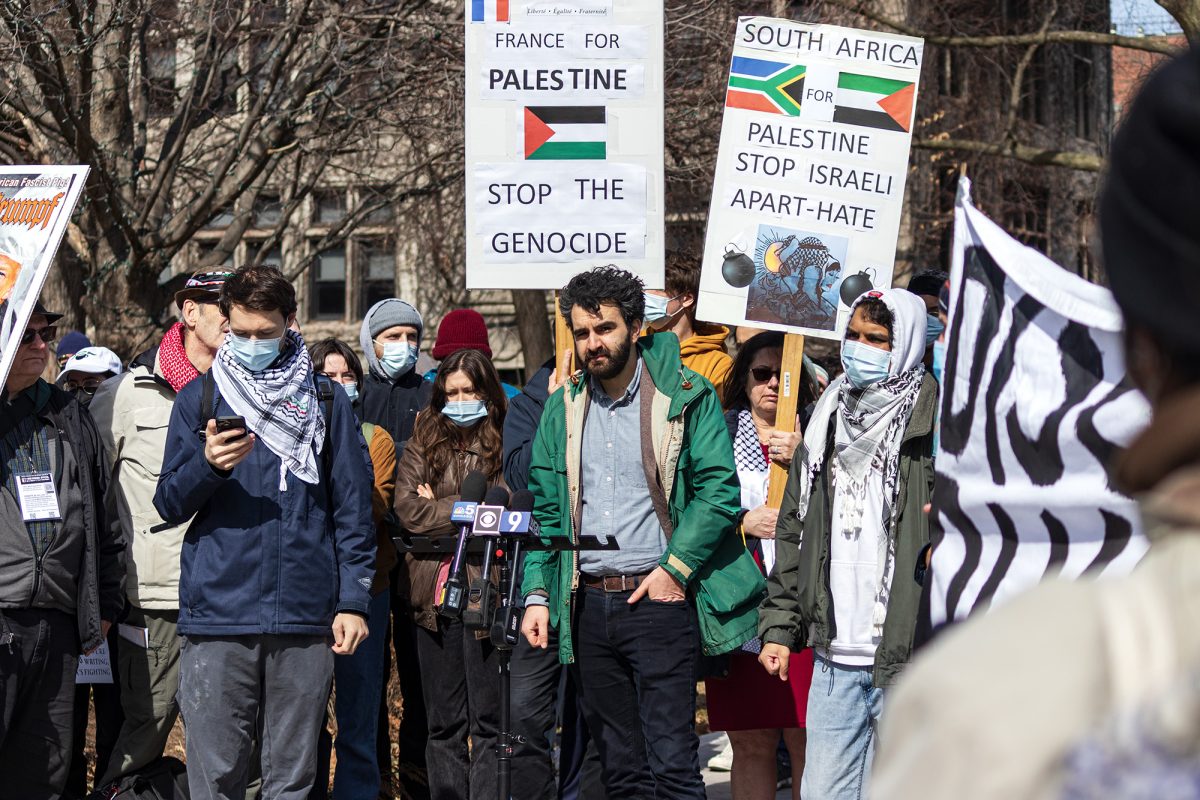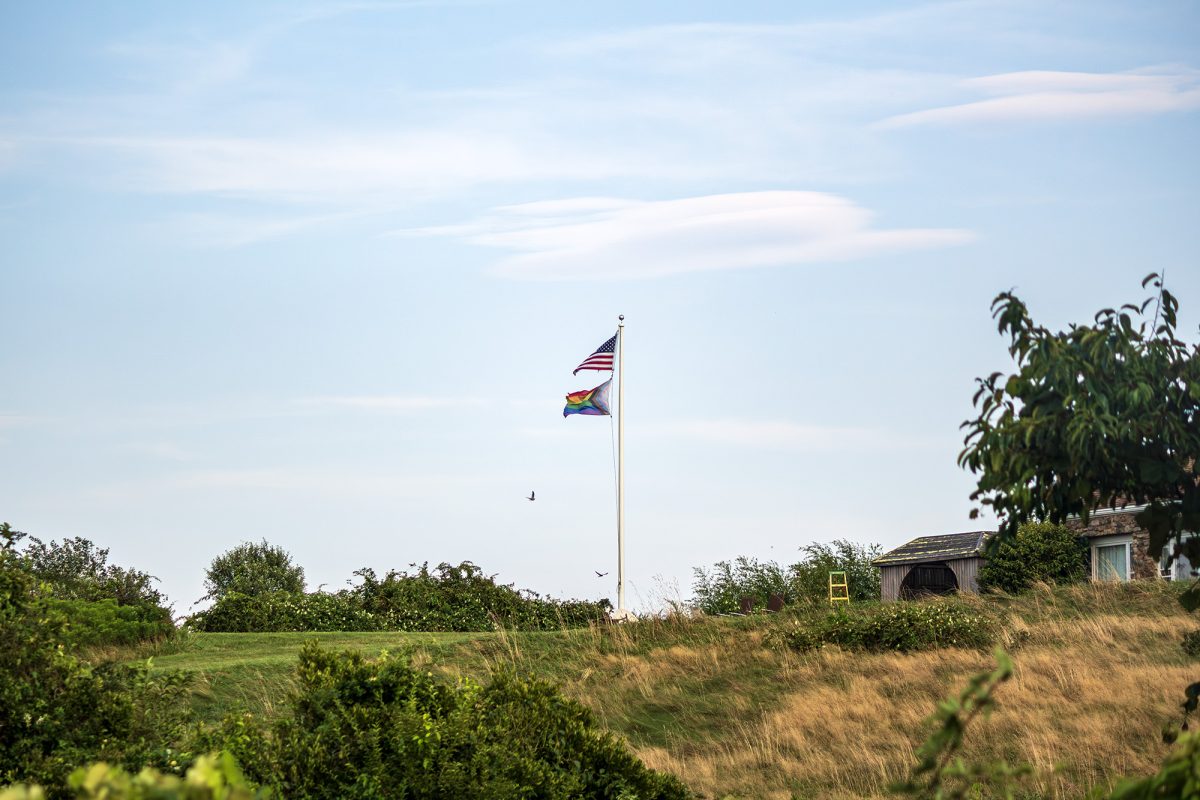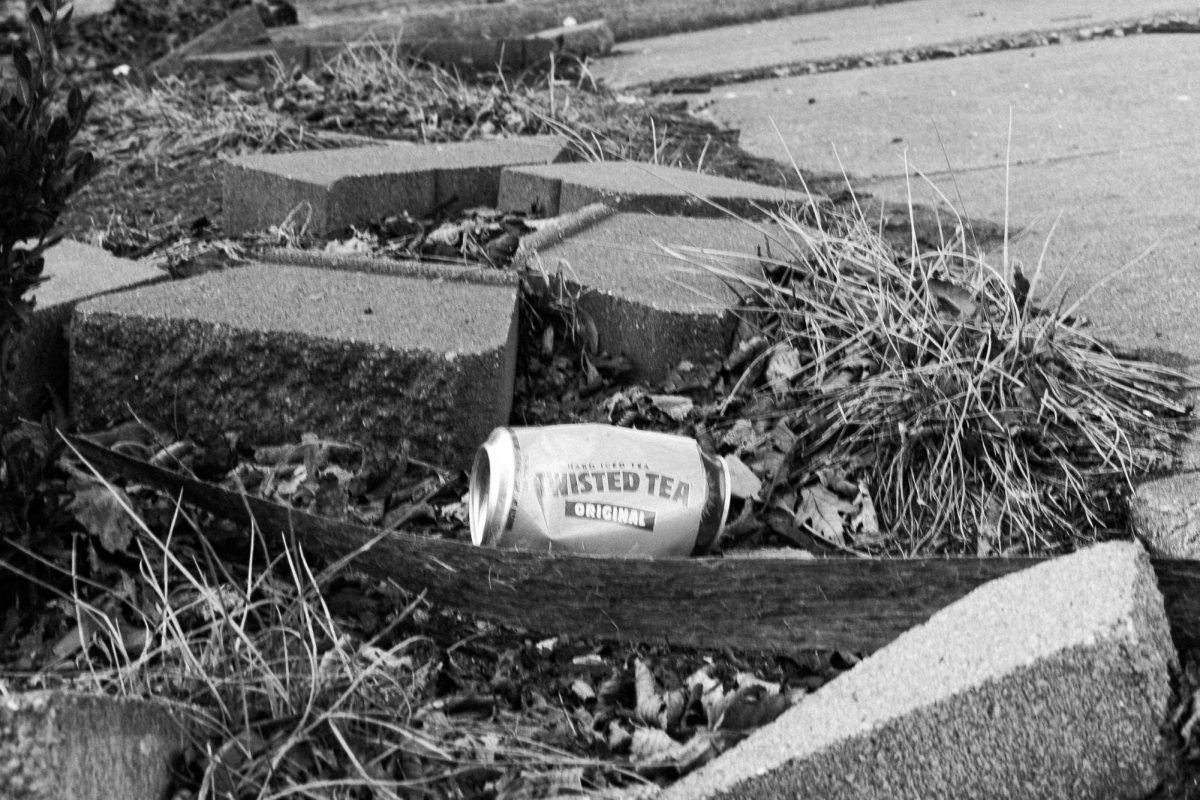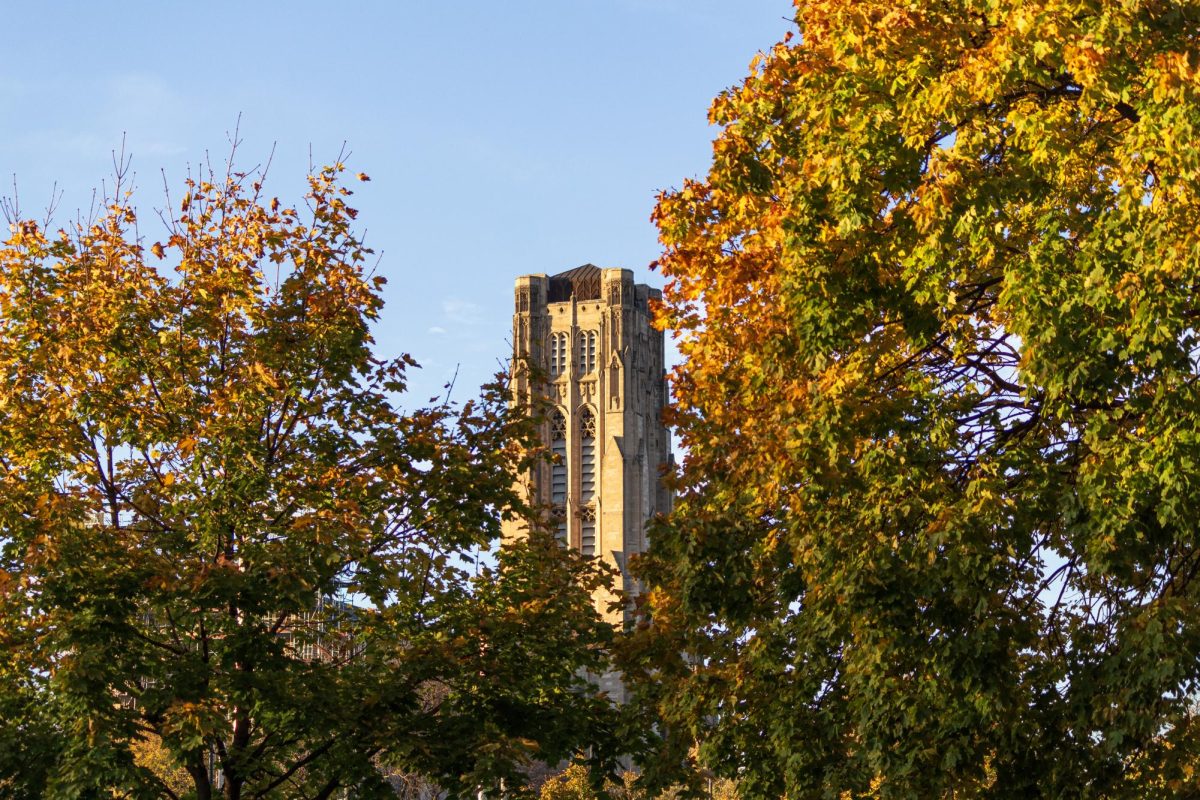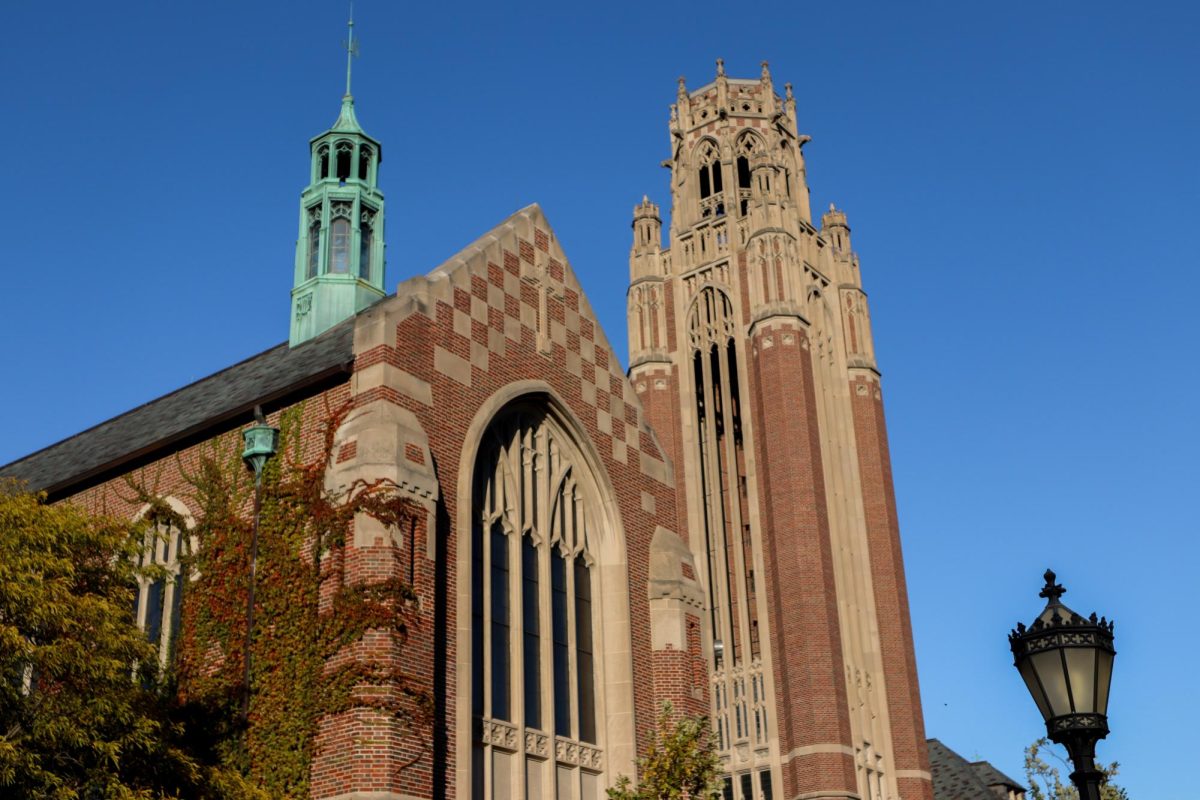Editor’s Note: The Viewpoints section functions independently from other sections of the paper and publishes articles without the explicit approval of the editors-in-chief. Viewpoints Editors—and other editors on the paper—were not consulted prior to the photo’s publication and do not have the ability to remove the photo from the website.
He is looking at me. And so, inescapably, I am looking at him.
This is the power that images hold over us. Words can be countered with words, written over with words, but images cannot be unseen. That is why those of us who produce, control, and disseminate images have an uncommon degree of responsibility. We do not have the right to feign ignorance.
Yesterday, following the campus-wide lockdown, The Maroon published an article which displayed in the header photo a young Black man—a boy, really—his jeans slipping, handcuffed and held by a police officer, with Saieh Hall looming in the background. His expression is distraught.
Journalism organizations are often forced to weigh competing values and make difficult decisions. We are sometimes forced to choose between protecting an individual’s privacy and protecting a community’s right to know.
This is not one of those cases.
The Society of Professional Journalists has a widely respected set of ethical guidelines for journalists. Several of these guidelines are relevant to this situation. Here are three:
– Avoid pandering to lurid curiosity, even if others do.
I will address the last of these first. The costs of identifying a suspect publicly before their trial are obvious: As a nation, we promise our citizens the right to a fair trial. To reveal their face before they have had that trial condemns them unjustly in the public eye. For a young person, it has the potential to compromise their whole future. In 1996, Richard Jewell was identified by a local news outlet as a “suspect” in the bombing attack on Atlanta’s Centennial Olympic Park. By the time his innocence was proven, his life was effectively ruined.
In the case of major tragedies or when a suspect is not yet apprehended, journalists have to wrestle with whether the public's right to know outweighs this concern. In our situation yesterday, did the community have a compelling right to know? Did we, as a newspaper, have a compelling obligation to share this photo with the UChicago community? I do not think so.
The Chicago Maroon, first and foremost, is a campus newspaper. Our audience is the UChicago community, and we seek out stories guided by that understanding. Unlike our colleagues at the South Side Weekly, we do not have a commitment to presenting stories newsworthy to the Hyde Park community as a whole—or to the South Side—or to Chicago—or to the world. Yesterday our campus experienced a brief lockdown that ended as suddenly as it began. For us, as a college newspaper, the news lay in the fact that the lockdown was over, and classes could return to their normal schedule. That the police caught the suspects they were after is good to know—but the identities of these suspects, and more importantly, their faces, are not relevant to our campus. There was no compelling need to know.
So much for our obligations. What about our ethics? By publishing this photo we failed to show compassion to a vulnerable person—likely a minor, arrested in a community with a long and storied history of racialized policing. The fact that his status as a minor is unclear is a reason to hold off on such a photo, not to publish it. Further, this photo feeds into a narrative that treats young Black men as de facto criminals. That is not a narrative our newspaper should be responsible for perpetuating.
To publish such a photo is to see a story, not a person. And in that, we failed another, less noble weighing of interests: that of an individual’s privacy and dignity, against a news organization’s sensationalist desire for attentions and clicks—to get the scoop, to land the story, to feel important.
In the case study of the Atlanta bombing reporting, the author points out that local newspapers “feel enormous internal pressure to ‘own’ the story—to be first with every important new development. To be beaten by an outside news organization in your own backyard is the ultimate competitive humiliation.” To consider presenting the news as a competition or game, though, is to forsake the fundamental purpose of having a not-for-profit, independent student newspaper—to ethically serve the UChicago community's needs, not to get clicks. When we forget those values, we might as well stop printing.
Our audience has rightly responded with outrage, as have leaders from the current photo section (who were not consulted prior to publication). Before any more damage can be done, the photo should be censored or taken down.
For more information, see the letter signed by 29 current and former editors calling for the editors-in-chief to remove the photo.
Zoe Kaiser is a fourth-year in the College and a former head photo editor for The Maroon.




